Using this template is not compulsory, but may be used as a guide. |
Your CV should have a clear structure and be easy to read. Your CV may contain the following information; use of headings is advisable:
- University degrees
- Medical Board Registration type (registration number)
- A copy of residency / work visa or work permit (if applicable)
- Academic history (including prizes, awards, etc)
- Relevant employment history (include hospital/s & dates)
- Clinical history (include rotations and current training year rotations not yet completed)
- Extra-curricular activities.
Five tips for creating a successful curriculum vitae (CV)
Keep your CV concise: A CV should be set out properly and easy to read. Ideally, your CV should be about two pages long, plus a page for your referees.
Layout and format: To ensure your CV is appealing to potential employers, it should have a simple layout and format. Keep your format consistent, for example: all headings could be bold and you could use bullet points, for brief information.
Include a personal statement and career objectives: In order for your CV to stand out, you should include a personal statement. This could include information about your experiences. It is also very important to outline your career objectives, as this will catch the employer’s attention.
Keep your CV up to date: Your CV should always be kept up to date and include correct information. When a significant event occurs in your career or when studying, ensure you record it. You can add this to your CV later on. Proof read your CV carefully, to avoid spelling and grammar errors.
Chronological order: Present your study and career history with the most recent first. Set out your career history in a series of positions (for example: sales assistant, administration officer) with achievements listed below. With more recent positions, include high level of detail of your achievements.
Cover letter requirements
6 steps for a great job application cover letter
- Introduction: When applying for jobs include the job title. To capture the employer’s attention, be enthusiastic about wanting the job.
- Purpose of the cover letter: Explain why you have chosen the position (you could explain how this fits in with your career goals).
- Explain why you want this job: Describe how your qualifications and career plan match the job. The details you provide will show that you have an understanding and the skills to do what the job entails.
- Detail your specialist skills that are relevant to the job: Identify the experience, values and skills that you will bring to the job. Describe your skills, relevant experience, achievements and how they will relate to this job. Ensure you detail examples to support your claims. In this section you can also include details if you are enrolled in a training program and what level you are.
- Detail your general skills which are relevant to the job: list your general skills such as communication, problem solving or interpersonal skills etc. You can include examples of your voluntary work, community activities or sport to support your claims.
- Closing: refer to your resume and any attachments. Ensure your cover letter is signed off appropriately – e.g. ‘Yours Sincerely …’
Don’t forget!
It is important that you write a new letter for each different job you are applying for. Do not send the same letter for different positions; it is very obvious when this is done. Keep the application letter short and to the point, aim for only a single page cover letter. Your CV will provide further details for the employer.
Referee reports are an essential component of the recruitment process as these reports assist panel members to make decisions about your suitability for a position. Within your Intern and PGY2+ application you are required to provide contact details for three referees. It is your responsibility to ensure that the contact details provided for your referees are correct and that your referees have completed their reports by the due date. An incorrect email means that the request for an online referee report will not be received.
It is recommended that your referee reports are completed by a person who knows your clinical abilities and has been directly involved in supervising your clinical practice. Give careful consideration to your choice of referees. You should discuss this with your referees prior to submitting their names to ensure that they are agreeable, as well as available to complete the online referee report for you by the due date. Referee reports can only be completed online so your nominated referees must have a valid email address.
During the recruitment process, hospitals may also contact your referees in person or by phone in order to clarify any information provided in your report.
The Transfer of Information Guideline provides medical students with the opportunity to optimise the transition into internship.
For more information on this guide please see here.
SA Health is committed to providing a safe work environment and to protect the health, safety and welfare of its employees and clients.
We achieve this in part through the Employee Assistance Program (EAP) which provides all employees, their immediate families and volunteers with access to free, confidential and professional counselling services.
The Doctors in Training (DiT) Committee has put together a list of useful smartphone applications. These applications may be of interest to medical students and trainee medical officers.
As an SA Health employee, you can get the UpToDate app (full functionality) free |
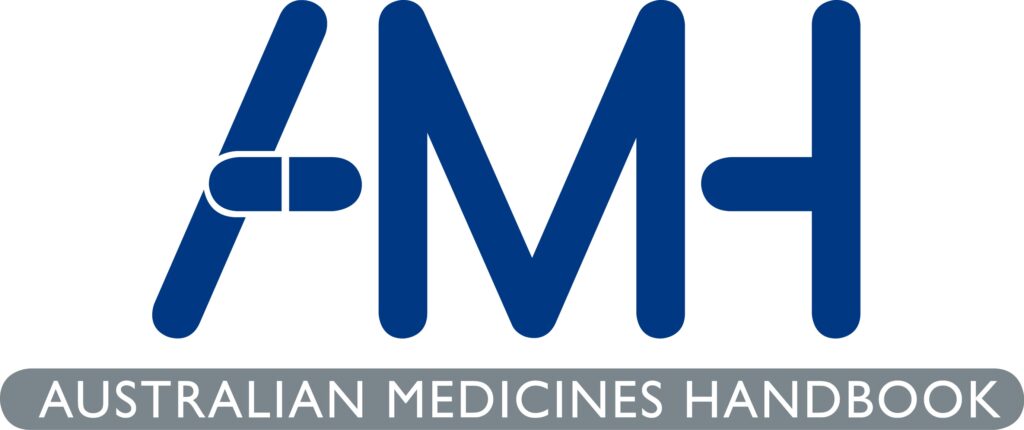 You can access the website through SALUS for free and save the webpage to your phone |
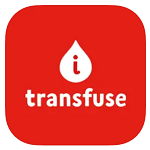 Access to transfusion resources including transfusion reactions, types of products and product indications |
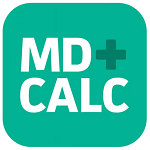 Useful list of automated clinical scores to assist patient management |
Improve patient care with comprehensive clinical information and resources |
You can now search across a body of 3 million journal articles & 400,000 book chapters. |
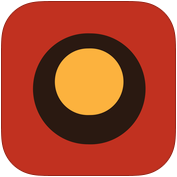 CommDoc assists with local Indigenous language communication in communities across the Northern Territory CommDoc assists with local Indigenous language communication in communities across the Northern Territory |
 Snellen Eye Chart to determine the clarity of distance vision. Snellen Eye Chart to determine the clarity of distance vision. |
 Cohorts of interns create extensive lists of cheat-sheets, guides and local clinical guidelines on a shared Dropbox folder, which can be very useful on busy cover shifts. |
As an SA Health employee you can get the eTG complete app for free |
 Evernote and Microsoft OneNote. Evernote and Microsoft OneNote.If you haven’t already got a note taking app, it’s time to start |
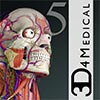 This can be useful for demonstrating relevant anatomy to patients |
There are a range of other medical applications available on many topics, some of which may be more or less applicable to you depending on the rotations you conduct and your vocational training intentions (e.g. NIHSS stroke severity grading applications, microbial resistance and antibiotic selection applications, and more).


